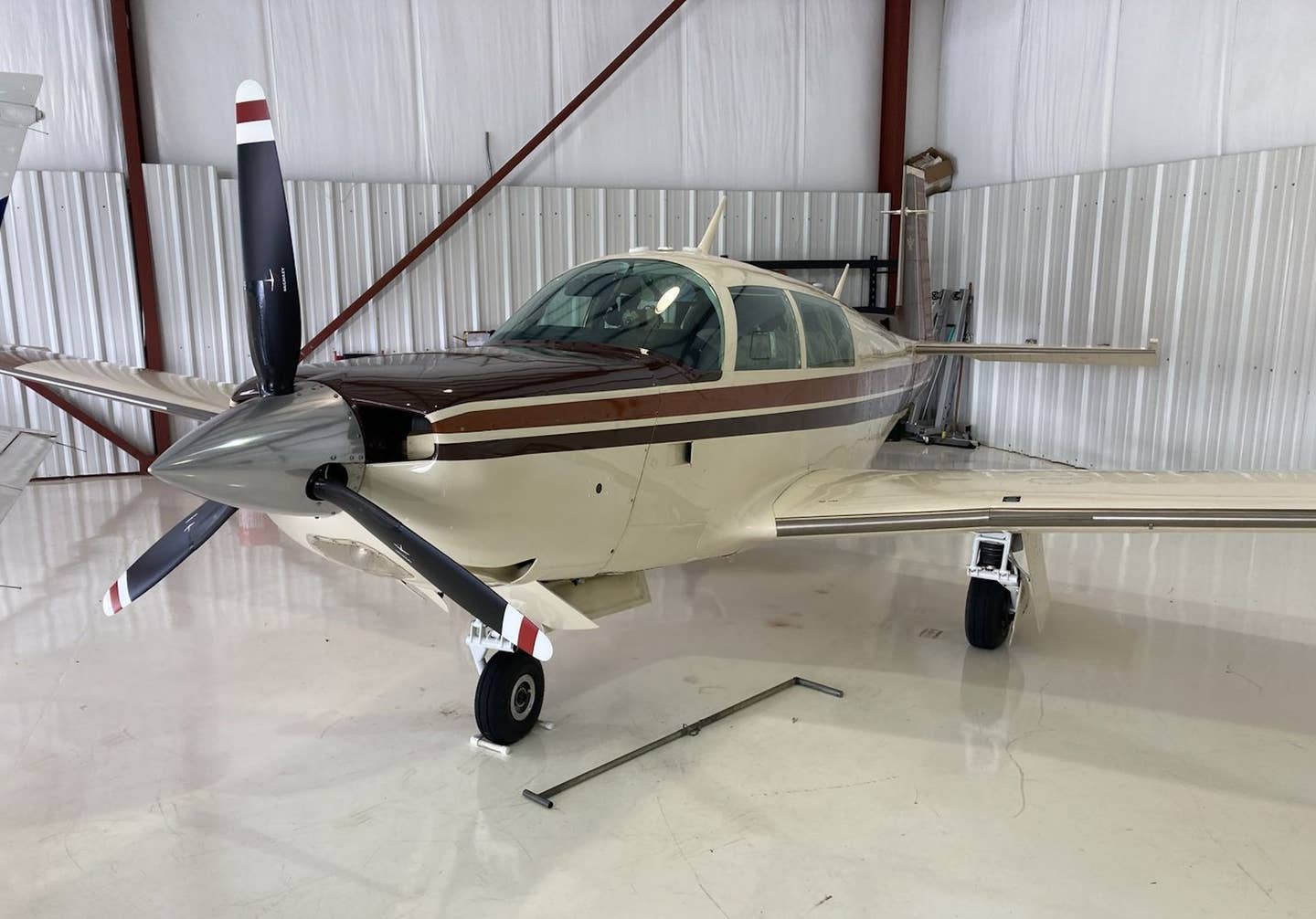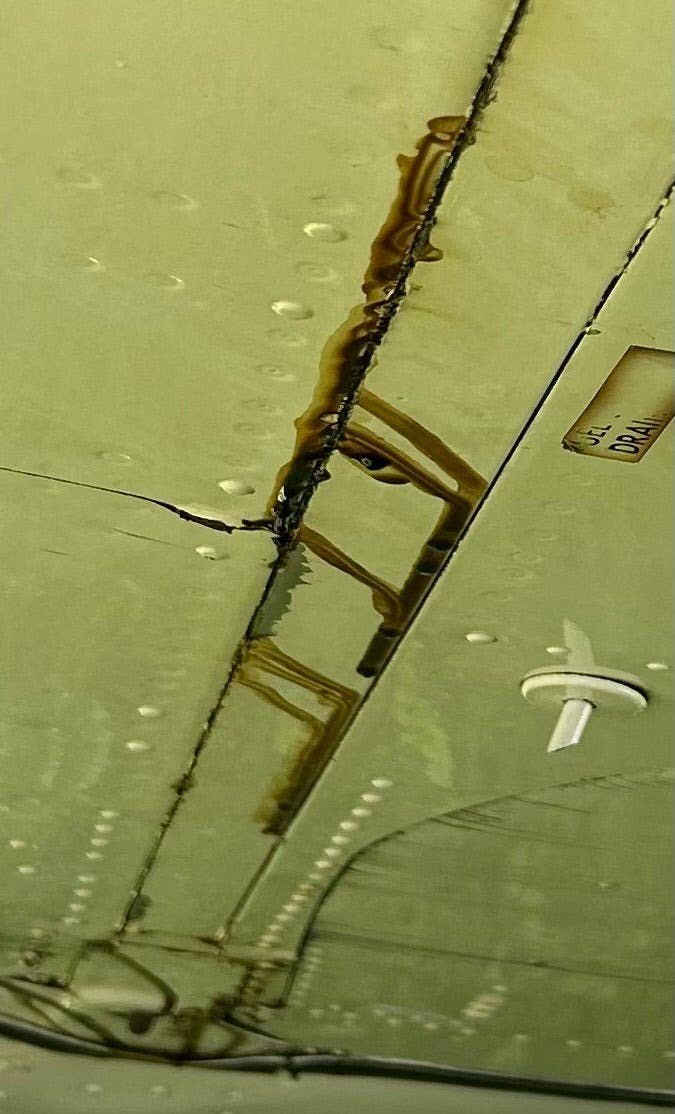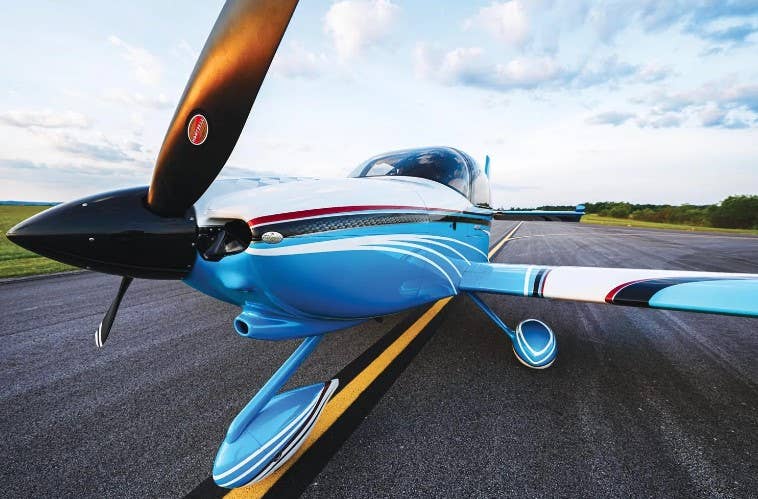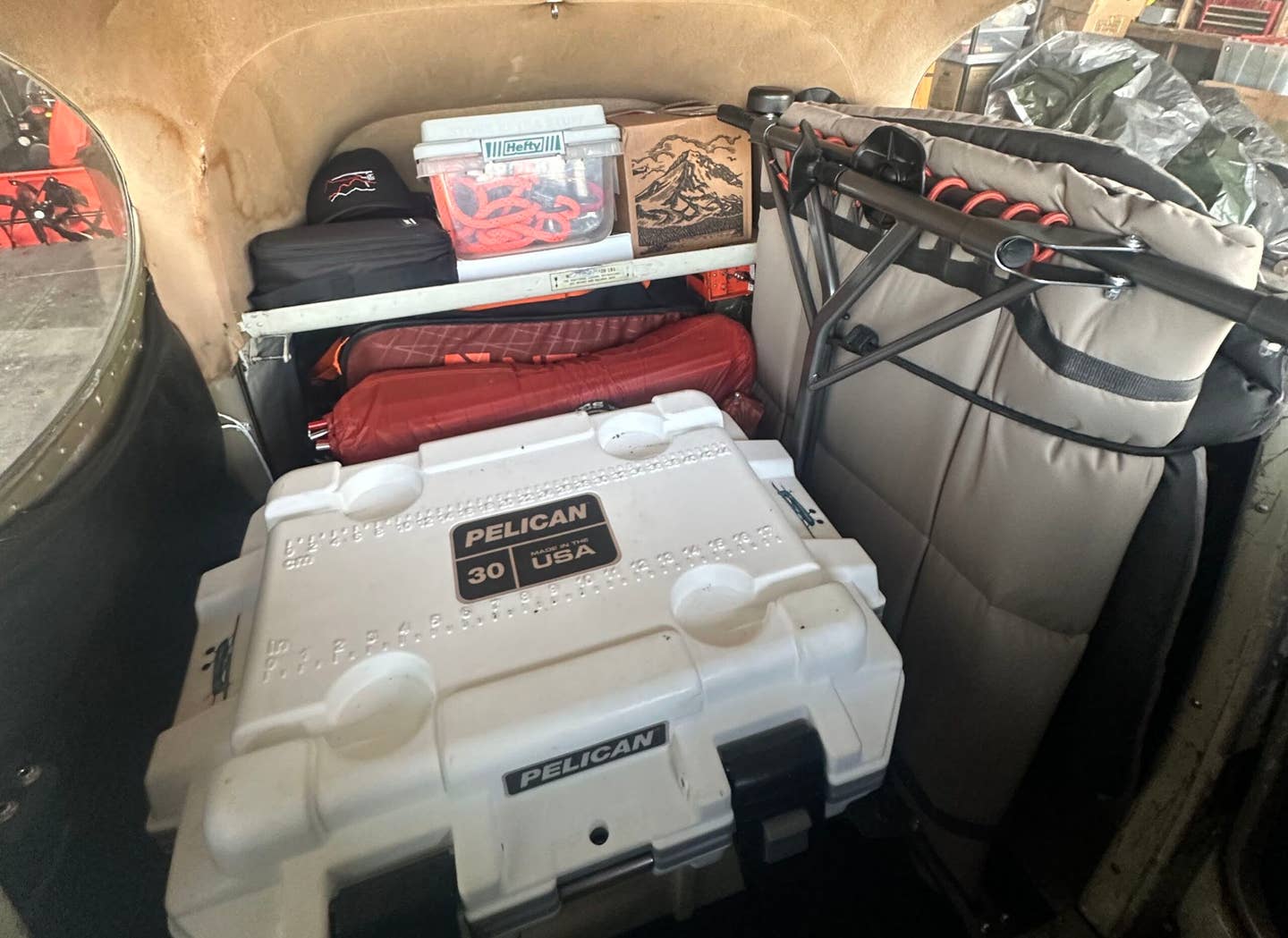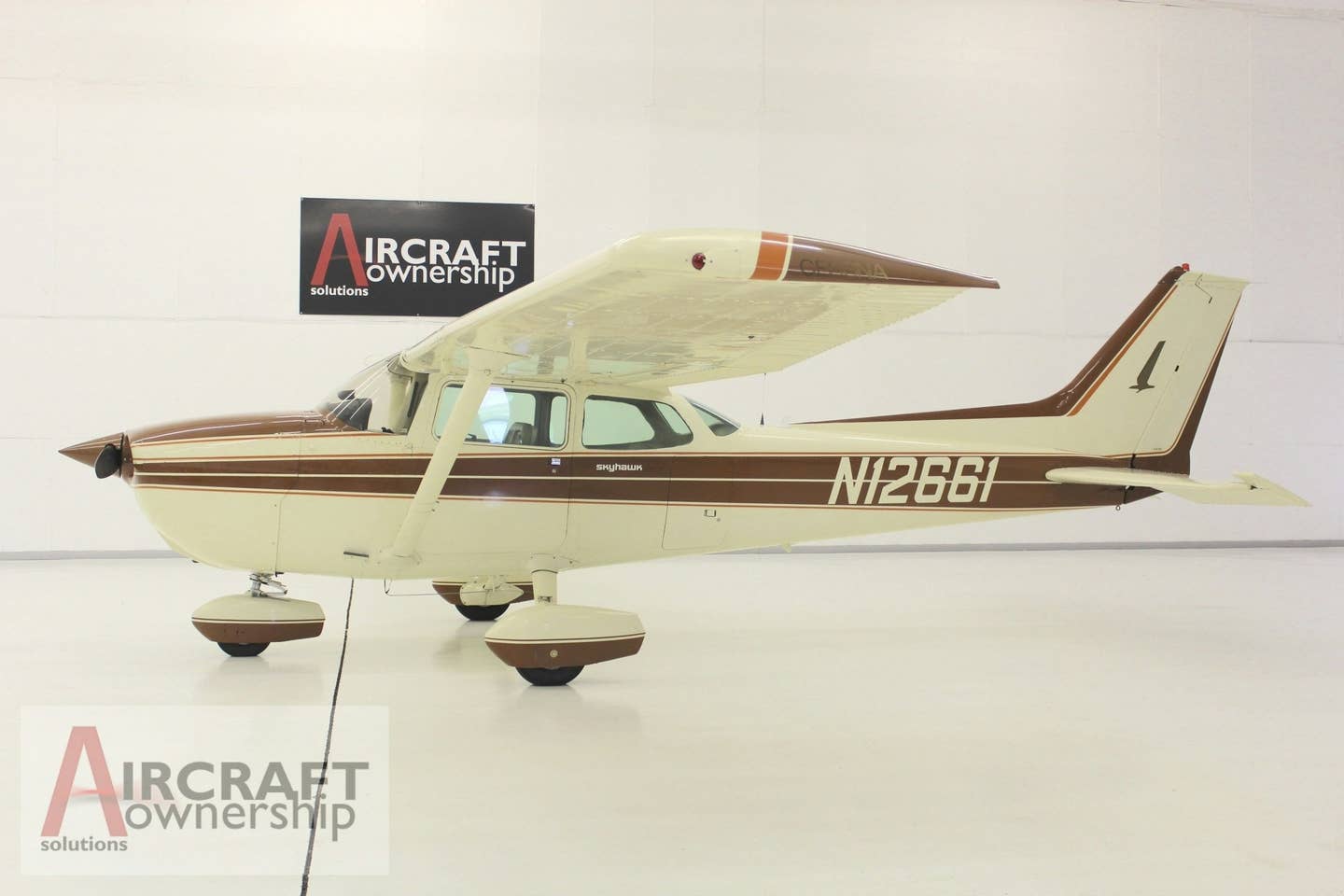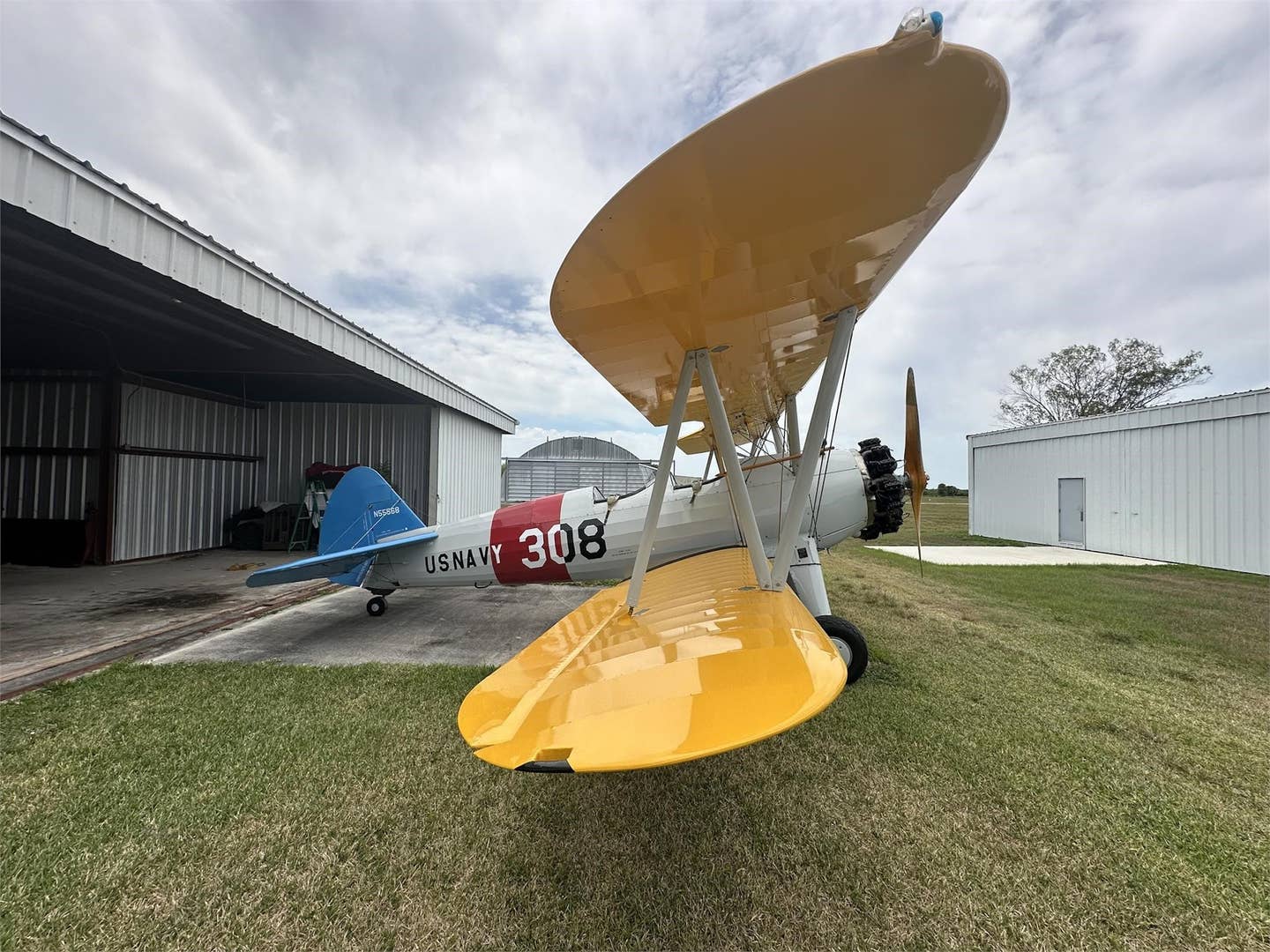Knocking Off the Rust in a Van’s RV-12iS
After a hiatus, a “rusty pilot” tries out a state-of-the-art SLSA.
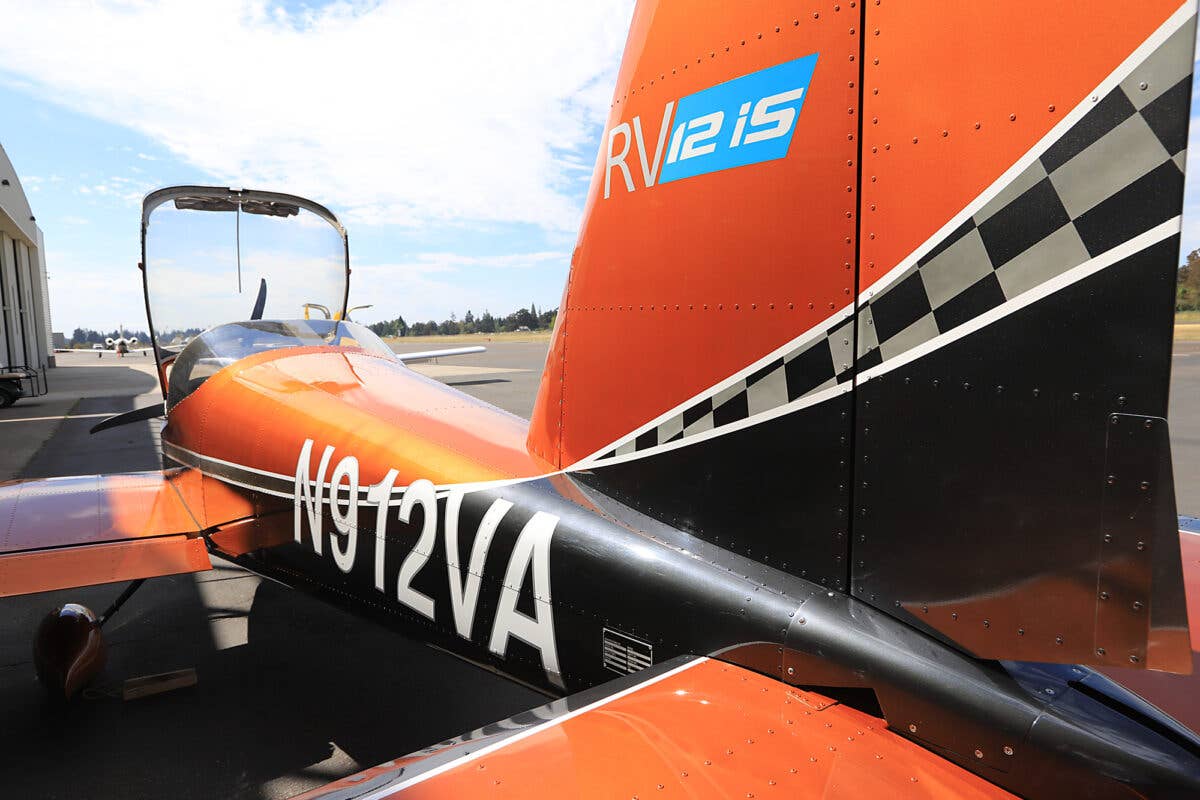
A Van’s Aircraft RV-12iS SLSA is the perfect way for a rusty pilot
to bring back stick-and-rudder skills. (Photo: Dan Pimentel)
I have been a certificated private pilot since 1996, and in 2008, became the proud owner of a 1963 Piper Cherokee 235. This followed many years of renting a number of Cessna and Piper products, and buying my own airplane made sense for the advertising business I had at the time.
Fast forward to 2016, and the out-of-state business I was using the 235 to service dried up, and at 12 gph, Katy became quite an expensive hamburger chaser. Factor in the cost of maintaining a 1963 model, and it was obvious that selling the 235 was a smart move.
Since N8527W taxied away for the last time, I have not had any stick time in any airplane. I do try to keep my “stick-and-rudder” skills fresh in my X-Plane flight simulator, but I had not been PIC for about six years. So yes, some rust might have been forming on those skills. I wanted to see just what would happen when a 750-hour rusty pilot tried out one of the latest generation of SLSAs, the Van’s RV-12iS. What skills had atrophied, and what knowledge and muscle memory were retained would be quite evident in a model like this SLSA, which had the Garmin G3X touch panel with dual displays, and a sweet Rotax 912iS fuel-injected 100 hp engine.
I met up with Van’s vice president and COO Greg Hughes at the company’s factory at Aurora State Airport (KUAO), in Oregon, and we planned a hamburger run to Independence State Airport (7S5) in the 12iS. While it would be a relatively short out and back, there would be sufficient time for me to take the controls and see how much rust had indeed accumulated over the years.
Let’s take a look at my experience.
First Impression
The RV-12iS looked gorgeous parked outside Hangar India at KUAO awaiting our departure. The fit and finish looked perfect, and the paint was superb. With the canopy open, I gingerly climbed into the right seat. You do not jump into an RV like you do a Cherokee or Skyhawk—it takes a certain amount of finesse to work your feet around the control stick while avoiding stepping on the seat. But once I wiggled down into the laid-back position of the seat, the airplane fit me wonderfully.
Being careful not to elbow my PIC, I strapped in and began drooling over the Garmin panel. From the rather haphazard design of my Cherokee’s old-school, six-pack avionics, this was my first up-close meeting with a G3X system. Once Hughes fired up the electrical system, before me on the dual displays was an almost endless amount of engine and navigation information, including our pre-takeoff checklist.
When it came time to fire up, doing so in a Rotax-powered machine is a non-event. The RV-12iS started fast, more like a Honda Accord than any airplane I had ever been in before. When the Rotax starts, you know it with a distinct rumble, and the smoothness was almost unsettling.
Aren’t airplane engines supposed to cough, spit, and protest as you coax them to life? Not this one, as I could not even count the few blades of the prop go by as it sprang to life. After what amounts to a “mag” check when the PIC cycles the two “lanes” of the engine computer to check for proper operation, and with a minimal amount of touches with his finger on the G3X display to tune the comms, Hughes had us off the ground fast, and we held a nice 90 kias, 1,000 fpm climb out. The takeoff was as undramatic as you can get, as the RV-12iS seemed to want to launch from the moment the PIC pushed the FADEC engine control forward.
So far, this was nothing like flying my Cherokee. This was going to be an interesting day.
Stick and Rudder
Since all airplanes follow the same general rules of aerodynamics, I knew pretty much what to expect comparing the RV-12iS to my Cherokee 235. Push the throttle forward and the houses get smaller, right?
Wrong.
After Hughes departed Aurora, we soon hit the bumpy air of a warm day over the Willamette Valley. Even though I knew the airplane was getting punched around, it did not feel like it from the right seat. After Hughes handed the airplane off to me, I found out why.
You see, in my Cherokee—and every other airplane I had flown in my 750 hours—you had to really work the yoke to keep things straight and level in a turbulent sky. But within seconds of my hand touching the RV’s control stick, I realized that the precise handling of the RV line means you do not horse the airplane through rough air—you just think about correcting when a wing drops. With every smack upside the head from another gust, I would make a tiny flick with my hand and the RV-12iS would respond so quickly the gusts were a non-issue. I was able to easily stay on course and hold altitude to private pilot check ride standards.
I can only describe the handling of the RV-12iS as driving a Miata with sticky Bridgestone tires down a twisty mountain road instead of lumbering along in an old Chevy truck. The airplane’s flight characteristics were so intuitive, it seemed so far that there might not be all that much rust I needed to knock off.
A few “S” turns confirmed that this airplane handled like a dream. It was on rails in turns…crank it over into a turn and it just stayed there obediently; it was happy turning until you nudged the stick back with an almost imperceptible input to come back to wings level. Hughes said the RV-12iS is an “honest” airplane, and I cannot argue with that. It does what you want without drama, making flying it a pure joy.
The Airplane Is Smarter Than I Am
After enjoying a couple of $100 hamburgers that probably only cost $35 because of the Rotax’s polite fuel efficiency, we departed Independence and again Hughes climbed out and turned the RV over to me. The gusty conditions had worsened, but still, it was incredibly easy to stay on course and hold altitude. He demonstrated the Garmin autopilot, and we followed the magenta line towards Aurora where the PIC made a greased, uneventful landing.
I came away from this demo flight knowing two things. First, it would take this rusty pilot more time to learn the Garmin G3X touch avionics than it would for me to remember how to fly an airplane. This panel has so much capability, it requires a learning curve that would be significant to an old “steam gauge” pilot like me; but I also know that once mastered, this system would be as good as it could get in GA avionics.
And second, I learned that despite not flying for six years, the Van’s Aircraft RV-12iS SLSA would be a perfect choice for someone who wants to get back into flying. It is modern, well-engineered, and so easy to fly, any rust that has built up would quickly disappear once a new owner picked up a few hours of transition training.
Rusty pilot? Nope, not me. Sure, maybe a little out of currency, but with this airplane—or any of the modern LSAs—someone who has not flown in a while can get right back in the air, which we all know is where they truly belong.

Subscribe to Our Newsletter
Get the latest FLYING stories delivered directly to your inbox

